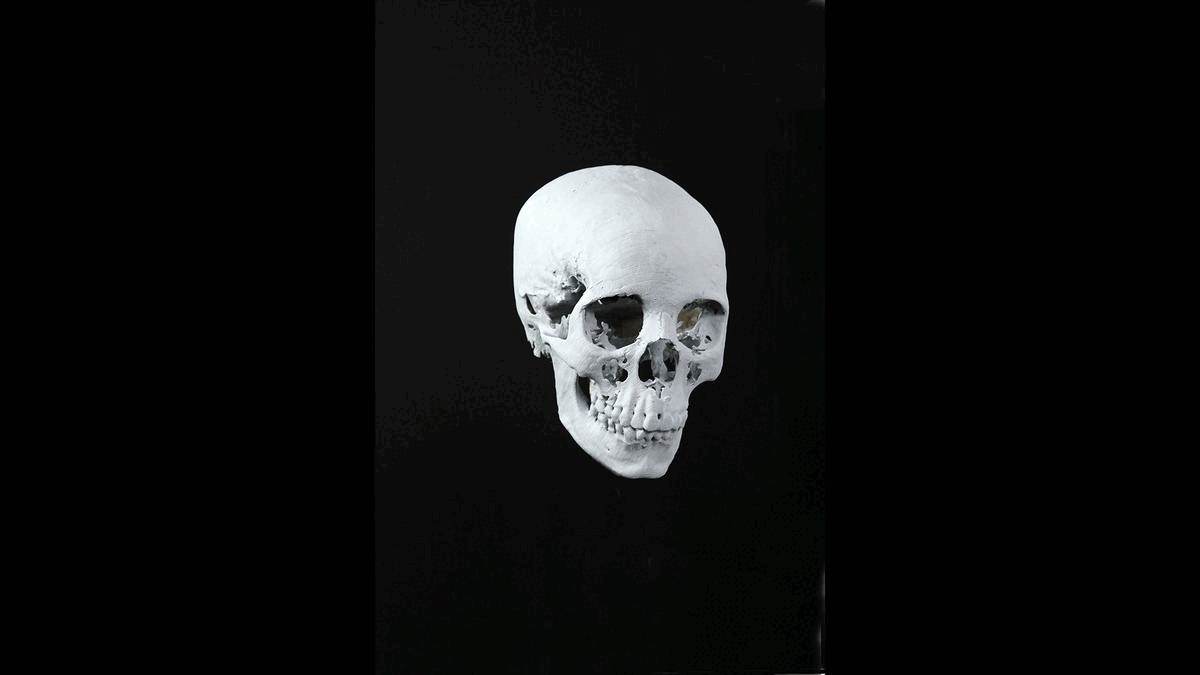How Accurate Are Faces Reconstructed from Skulls?

It's quite stunning to see the face of someone who lived thousands of years ago, reconstructed from a skull. But without photos or even a description of the living person, how can we know whether the face is accurate? The truth is, we don't know for sure, but the science of reconstruction has become more accurate over the years. Facial reconstruction isn't just for ancient people. Forensic artists have done some amazing work on unidentified but relatively recent skulls in order to find out who they are and sometimes to solve their murders. And we can even do skull reconstructions on living people, using CT scans to make a copy of their skulls. This sort of reconstruction can measure the accuracy of the art, as the person being reconstructed is still alive. In one experiment, volunteers viewed facial reconstructions and were able to match them with the person who still owned the skull from a selection of five photos most of the time.
The data gained from such practice reconstruction are helpful in aiding reconstruction of ancient people, but DNA is even more helpful. In one case, a skull from a Swedish battleship sunk in 1628 was reconstructed. Years later, DNA revealed the artists were mistaken in thinking the skull belonged to a man. A new, more feminine face was then reconstructed. DNA can also reveal the ethnic background of a subject, which changes the dataset used for facial reconstruction. But there will always be some guessing as to appearance. Read how facial reconstruction has advanced at LiveScience. -via Real Clear Science
(Image credit: Oscar Nilsson)